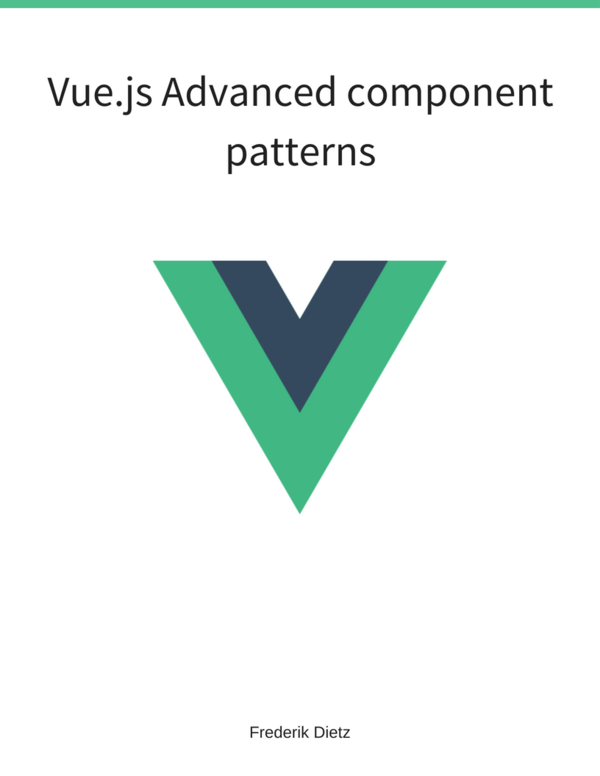- Home
- Introduction
- Controllers
-
Directives
- Enabling/Disabling DOM Elements Conditionally
- Changing the DOM in response to user actions
- Rendering an HTML Snippet in a Directive
- Rendering a Directive's DOM Node Children
- Passing Configuration Params Using HTML Attributes
- Repeatedly Rendering Directive's DOM Node Children
- Directive-to-Directive Communication
- Testing Directives
- Filters
- Using Forms
- Consuming External Services
- Urls Routing and Partials
- Common User Interface Patterns
- Backend Integration with Ruby on Rails
- Backend Integration with Node Express
Changing the DOM in response to user actions
Problem
You wish to change the CSS of an HTML element on a mouse click and encapsulate this behavior in a reusable component.
Solution
Implement a directive my-widget that contains an example paragraph of text we want to style.
<body ng-app="MyApp">
<my-widget>
<p>Hello World</p>
</my-widget>
</body>We use a link function in our directive implementation to change the CSS of the paragraph.
var app = angular.module("MyApp", []);
app.directive("myWidget", function() {
var linkFunction = function(scope, element, attributes) {
var paragraph = element.children()[0];
$(paragraph).on("click", function() {
$(this).css({ "background-color": "red" });
});
};
return {
restrict: "E",
link: linkFunction
};
});When clicking on the paragraph the background color changes to red.
Discussion
In the HTML document we use the new directive as an HTML element my-widget, which can be found in the Javascript code as myWidget again. The directive function returns a restriction and a link function.
The restriction means that this directive can only be used as an HTML element and not for example an HTML attribute. If you want to use it as an HTML attribute, change the restrict to return A instead. The usage would then have to be adapted to:
<div my-widget>
<p>Hello World</p>
</div>Whether you use the attribute or element mechanism will depend on your use case. Generally speaking one would use the element mechanism to define a custom reusable component. The attribute mechanism would be used whenever you want to “configure” some element or enhance it with more behavior. Other available options are using the directive as a class attribute or a comment.
The directive method expects a function that can be used for initialization and injection of dependencies.
app.directive("myWidget", function factory(injectables) {
// ...
}The link function is much more interesting since it defines the actual behavior. The scope, the actual HTML element my-widget and the HTML attributes are passed as params. Note that this has nothing to do with Angular’s dependency injection mechanism. Ordering of the parameters is important!
Firstly we select the paragraph element, which is a child of the my-widget element using Angular’s children() function as defined by element. In the second step we use jQuery to bind to the click event and modify the css property on click. This is of particular interest since we have a mixture of Angular element functions and jQuery here. In fact under the hood Angular will use jQuery in the children() function if it is defined and will fall back to jqLite (shipped with Angular) otherwise. You can find all supported methods in the API Reference of element.
Following a slightly altered version of the code using jQuery only:
element.on("click", function() {
$(this).css({ "background-color": "red" });
});In this case element is alreay a jQuery element and we can directly use the on function.
